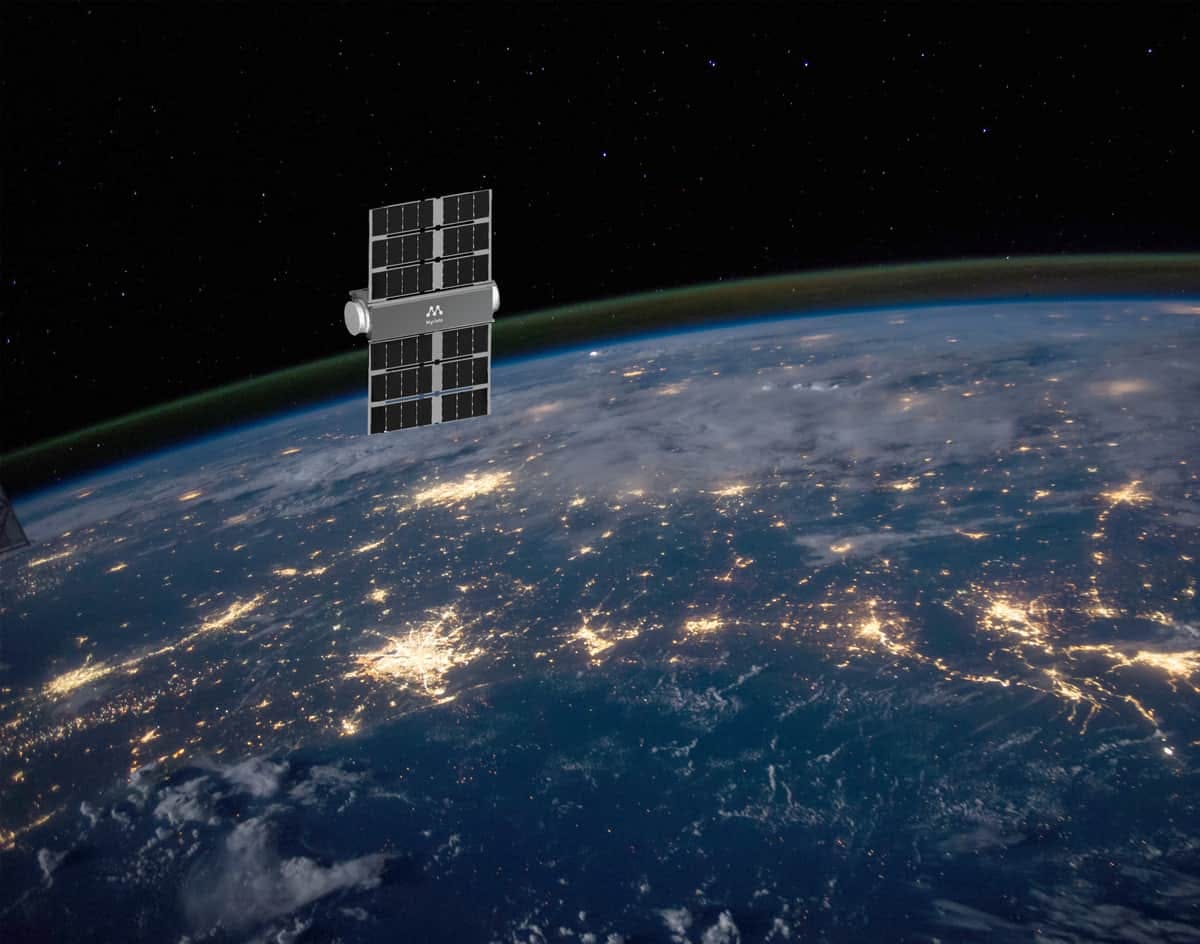South Australia has announced plans to launch a low-orbit satellite, becoming the first state government to do so.
The satellite will be used to collect data for state services such as emergency services, the environment, water quality monitoring, mining and bushfire mitigation.
“South Australia is embarking on a bold mission with industry to design and build a satellite to deliver space-derived services to the state – a venture never undertaken before by any State Government around the country,” SA Premier Steven Marshall said.
“Not only will the satellite help us make better decisions for state services, it comprehensively cements South Australia as the space state.
“To be announcing that we will embark on a flagship space mission in early 2021 to deliver progressive space-derived services to South Australia is astounding and demonstrates why our state is the national leader in space innovation.”
This program, the SASAT1 Space Services Mission, is a $6.5 million partnership between the SA government and space industry.
The SmartSat Cooperative Research Centre (CRC) will lead the mission and application prototyping. Satellite manufacturing company Inovor Technologies will design and build the satellites, and space company Myriota will lead the Internet of Things (IoT) space services.
“SmartSat is incredibly excited to be providing leadership for this South Australian Government initiative and we are committed to providing expertise and R&D capability to make the mission a great success,” said SmartSat CRC Chief Executive Professor Andy Koronios.
“The SASAT1 Space Services Mission positions South Australia to play an even greater role in national initiatives like water quality monitoring and bushfire mitigation.”
Data from this mission will also be used to bolster startup companies.
“This mission will provide opportunities for small startup companies to use the ongoing data captured by the satellite to develop analytics applications for government and commercial use,” said Professor Koronios.
The mission will commence in early 2021, delivering the satellite in 15 months for launch into orbit.
The satellite will continue collecting data until 2024 under its current funding.
Keep up to date with our stories on LinkedIn, Twitter, Facebook and Instagram.

